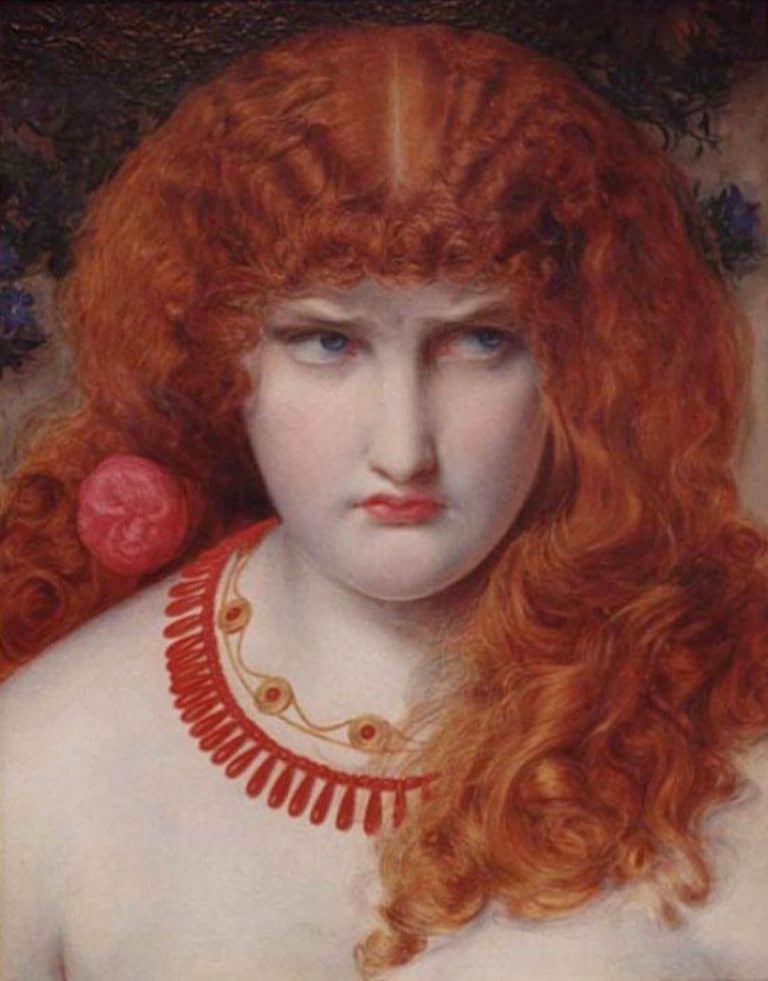
Opinion
How the internet trend bardcore helped us deal with 2020
By Marie Dalle
Opinion
How the internet trend bardcore helped us deal with 2020
By Marie Dalle
Published Sep 17, 2020 at 10:58 AM
Reading time: 3 minutes
Internet culture
Sep 17, 2020
If at some point during the recent quarantine you found yourself lost on YouTube searching for some mindless entertainment, you might have come across medieval-style renditions of famous pop songs. Appearing suddenly in YouTube recommendations at the whim of their obscure algorithm, these covers are part of a booming internet musical genre dubbed ‘bardcore’, or sometimes ‘tavernwave’—the origins of these names are obscure but they mirror larger internet trends such as cottagecore or vaporwave. What exactly is the new internet trend bardcore, and why did it gain popularity during the coronavirus pandemic?
Following its very sudden rise in the middle of the pandemic, bardcore music has now built a solid fan base and is sparking creativity across a variety of mediums and platforms. From YouTube to TikTok, the bardcore hashtags are filled with everything from plain old shitposts to carefully created content.
If the exercise of recreating contemporary tracks with medieval instruments isn’t new to the internet, the trend had a boom on Youtube when, in late April 2020, user Cornelius Link posted a medieval-style instrumental cover of Tony Igy’s Astronomia, the track made famous by the then-trending Coffin Dance meme. The video quickly garnered a lot of attention and now boasts over 3 million views.
Another YouTube user going by the nickname Hildegard Von Blingin’ (borrowed from Saint Hildegard Von Bingen, an abbess, philosopher and lyrical composer from 12th Century Germany) then contributed to the spread of the bardcore trend with medieval-style covers of songs such as Lady Gaga’s Bad Romance or Haddaway’s What is Love, recorded with adapted Old English lyrics. Hildegard’s YouTube channel, which started in late May 2020, now counts over 22 million consecutive views, a testament to the fast growth of the bardcore trend.
Bardcore has now taken over YouTube with more and more covers by various contributors being posted every day. You can find a bardcore track for every taste, from Eiffel 65’s eurodance classic I’m Blue to Shakira’s Hips Don’t Lie. The trend is also expanding to other platforms, with a dedicated subreddit. Discord servers for peasant roleplay, Tumblr blogs curating medieval content and TikTok comedy skits about life in the Dark Ages. Even if bardcore started as an online musical genre, it could lead to a larger trend of 21st century medieval revival, a kind of neo-New Age for the digital era.
Where the rise of the cottagecore trend can be explained by young people’s desire to move away from cities and live an idealised simple life in the countryside, it seems at first harder to understand the sudden online fascination for (western) medieval life and culture.
Before the term ‘bardcore’ even appeared on the internet, there were some early signs of a medieval revival trend: the multiplication of Bayeux tapestry-inspired memes, the recent Instagram craze for DIY medieval-style corsets or the eye-catching chainmail dresses designed by Julien Dossena for Paco Rabanne’s Fall 2020 collection. On the surface, the advent of bardcore seems to simply be the product of intense quarantine boredom and a lucky push from the YouTube algorithm which is helping this upcoming trend grow to prominence.
But there’s something about the year 2020 that evokes to us our pop culture view of the medieval times: a global plague, constant social and political instability, tyrannic feudal rulers using armed forces to reinforce their power, people trusting superstitions over science and visible inequalities. These are things we’ve pictured in the past, we seem to be in these Dark Ages that our culture has imagined, although numerous historians agree that the medieval times weren’t as bad as we have a tendency to portray them nowadays.
Many people, especially young people, have been living with the feeling of impending doom for some time now. The climate emergency and the rise of inequalities have exacerbated the idea that our civilisation could very much be on the brink of collapse, if not a full-on apocalypse. And the COVID-19 pandemic has only added to it, showcasing the shortcomings of our current systems and reinforcing the idea that the world as we know it could be about to end.
There’s something quite medieval about fearing the end of the world in the middle of a plague, so why not make memes about it? Consciously or not, the rise of bardcore as both a music genre and an overall aesthetic feels like an ironic, if not nihilistic, take on our current reality. Are we all powerless peasants again, destined to wait for the world to end while serving capitalist lords accumulating wealth while the rest of the people suffer?
Bardcore content is funny in its anachronism and its absurdity, but it is also rooted in interesting parallels between medieval and contemporary times. It shows us that even if times are dark and the end might be nigh, there’s still humour and creativity to be drawn from it. Even during a plague or under the rule of controversial leaders, people still manage to create beautiful things like artists did for centuries during the Middle Ages.
If the world were to slowly descend into a new dark age, it only seems natural to look back at medieval times for inspiration. Bardcore is a way for young generations to confront that impending feeling of doom with absurd humour while also building new communities around shared interests. After all, the world might be ending but the memes were fun.




